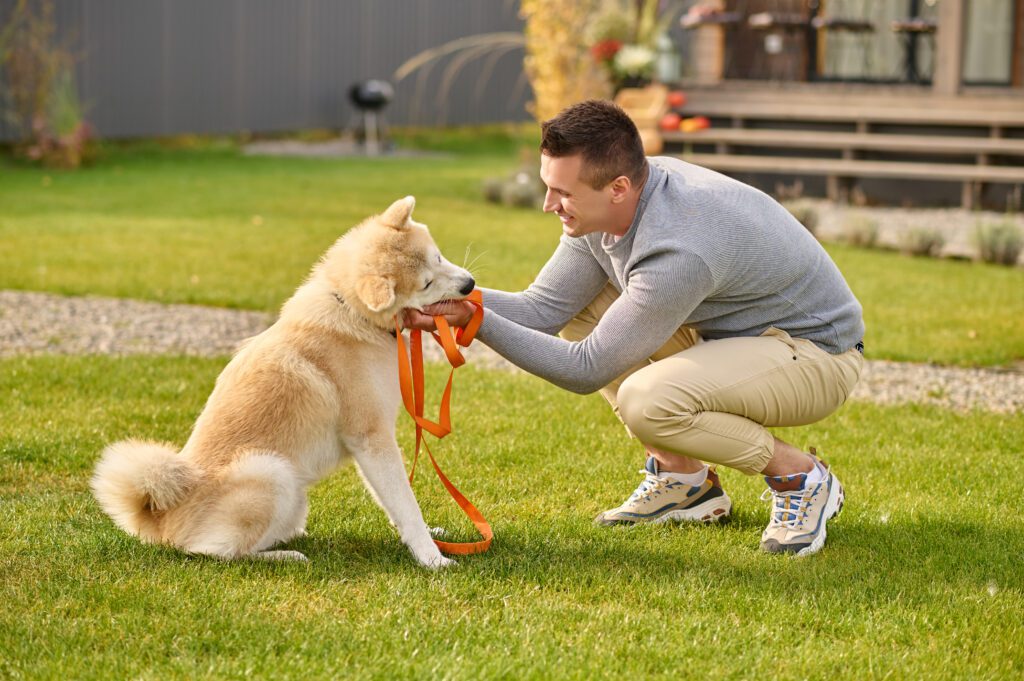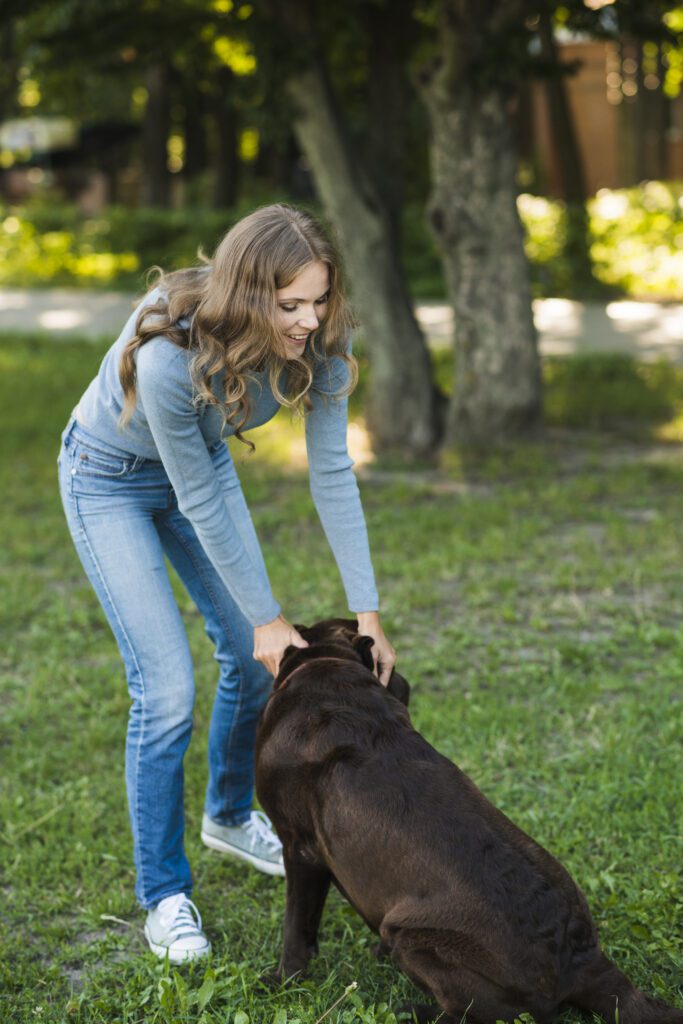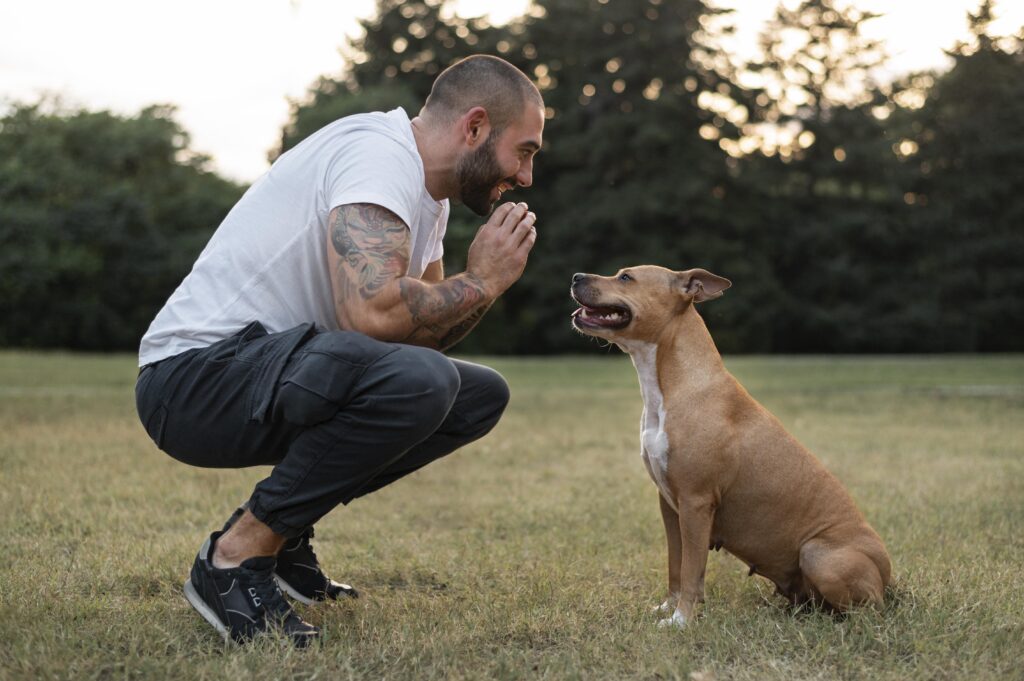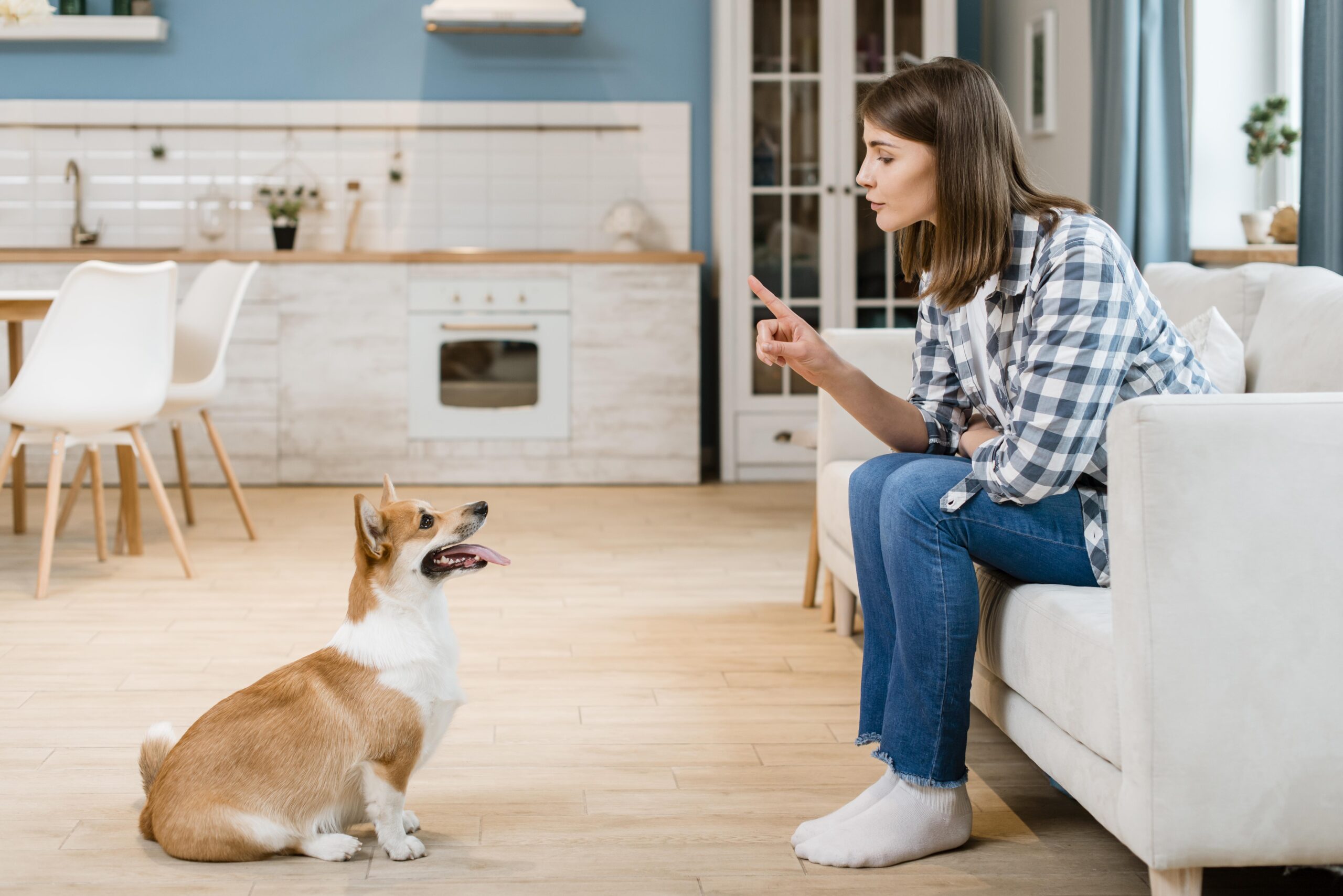Introduction – Why Teaching “Sit” Matters
Teaching your dog to sit is one of the easiest yet most useful things you can do. It’s the foundation for obedience and discipline. When a dog learns to sit, How to Train a Dog to Sit it’s not just following an order—it’s learning to focus, calm down, and pay attention to you.
Whether you have a playful puppy or an older rescue, “sit” should be your starting point. It’s practical for everyday situations—before meals, crossing the street, or greeting people. It helps prevent jumping, reduces anxiety, and builds a stronger bond between you and your dog.
“Sit” also sets the stage for other commands like “stay,” “wait,” and “down.” Once your dog understands how to follow your cues, teaching more advanced skills becomes much easier. The best part? It doesn’t require fancy tools—just patience, consistency, and a positive attitude.
Understanding Your Dog’s Behavior
Before you start training, it helps to know how dogs learn. They don’t automatically know what “sit” means. Dogs make connections between your words, gestures, and rewards through repetition.
Most dogs are motivated by food, play, or praise. When you pair the word “sit” with a treat and a calm tone, your dog starts to understand what you want. Eventually, the behavior becomes second nature.
Keep in mind that attention spans vary. Puppies get distracted quickly, so short, frequent sessions (around 5–10 minutes) work best. Older dogs might take longer if they’ve picked up bad habits, but with consistency, they’ll get there too.
Every dog learns at its own pace. Some will get it right away, while others need a few days. Stay positive and patient—never frustrated or harsh.

Why “Sit” Is the Foundation of Obedience Training
If you want a well-behaved dog, “sit” is the first step. It teaches impulse control, helping your dog stay calm instead of running off, jumping on guests, or begging for food.
When your dog sits, it’s showing focus and respect. It learns that listening brings good things—like treats, play, or attention. This helps you become the leader in a positive, trust-based way.
Think of “sit” as your reset button. When your dog gets too excited, a quick “sit” brings things back under control. It’s a simple cue that encourages better communication and strengthens your relationship.
The Role of Positive Reinforcement
Positive reinforcement is what makes training work. You reward the good behavior instead of punishing the bad. When your dog sits and you instantly reward it with a treat or cheerful praise like “Good sit!”, it learns to repeat the behavior.
Dogs respond best to encouragement, not fear. Punishment can confuse or scare them, slowing progress. Keep your tone upbeat, reward quickly, and make sure your dog understands exactly what earned the treat. Timing is everything.
Preparing for Training
Set yourself up for success before you start. Pick a quiet, distraction-free area like your living room or backyard. If needed, use a leash to keep your dog’s focus.
Use small, soft treats your dog loves—like bits of chicken or cheese. Avoid hard treats that take too long to chew. Keep them handy in a pouch or your hand.
Stick to one simple cue—“sit” works perfectly. Say it the same way each time, with a calm, clear tone. Aim for short, consistent sessions—two or three times a day for 5–10 minutes. Repetition is key.
Step-by-Step Guide: Teaching Your Dog to Sit
Step 1 – Get Your Dog’s Attention
Stand in front of your dog and call its name or make a gentle sound. You want full focus on you—eye contact helps a lot.
Step 2 – Lure the Sitting Position
Hold a treat close to your dog’s nose, then slowly move it upward and slightly back. As your dog follows the treat, its bottom should lower naturally. The second it sits, reward it right away.
Step 3 – Add the Word “Sit”
Once your dog starts understanding the motion, say “sit” in a calm voice just before its bottom touches the ground. Avoid repeating the word over and over.
Step 4 – Reward and Praise
As soon as your dog sits, hand over the treat and praise it warmly,saying “Good sit!” This helps connect the action, the word, and the reward.
Step 5 – Practice Regularly
Repeat this a few times a day. Keep sessions short and positive. Over time, use fewer treats and rely more on praise or petting.

Common Mistakes to Avoid
Repeating the command: Saying “sit, sit, sit!” confuses your dog. Say it once clearly.
Using the wrong tone: Keep your voice calm and confident, not loud or frustrated.
Overusing treats: Treats are great, but mix in praise and affection too.
Starting in busy areas: Begin in quiet spots before adding distractions.
Advanced Training Tips
Once your dog reliably sits, start phasing out the treat lure. Use only your hand signal or voice command. Still reward occasionally to keep motivation high.
Add a hand gesture—like raising your palm upward—so your dog can respond even when it can’t hear you. You can also practice from a short distance, rewarding when your dog sits on command from a few steps away.
Try training in different places—your yard, the park, or near light distractions—so your dog learns to listen anywhere.
Troubleshooting Common Problems
If your dog won’t sit, it might be distracted, tired, or unsure. Go back to basics—use better treats or find a quieter space. For puppies, keep things short and playful.
Some breeds, especially independent ones like Huskies or Terriers, might need extra patience. Stay calm and consistent. Older dogs can learn too; they just need repetition and encouragement.

Incorporating “Sit” into Everyday Life
Once your dog knows the command, use it daily. Ask for a “sit” before meals, walks, or greeting guests. It teaches manners and patience.
If your dog gets overexcited, “sit” helps reset its energy. It’s handy at the vet, during grooming, or anytime you need your dog to stay still. The more you use it, the stronger the habit becomes.
Conclusion – A Small Command with a Big Impact
Teaching “sit” might seem simple, but it’s the start of a respectful, trusting bond between you and your dog. It encourages focus, patience, and good behavior—all things that make life together easier.
With patience and consistency, your dog will not only master “sit” but also become more responsive overall. Start today, and you’ll see how this one small command can make a big difference.
FAQs About Teaching a Dog to Sit
1. How long does it take for a dog to learn to sit?
Most dogs learn within a few days of consistent practice, though some may need a bit longer.
2. Can I train an older dog to sit?
Yes! Older dogs can absolutely learn new commands—it just takes a little extra patience.
3. What if my dog only sits when I have a treat?
Slowly phase out treats and reward with praise or affection instead.
4. Should I push my dog’s back down to make it sit?
No. Avoid forcing your dog. Use treats or a hand motion to guide it naturally.
5. How often should I practice?
Two or three short sessions each day work best. Keep training light and fun so your dog enjoys it.
Also read related article on why dogs run away.
